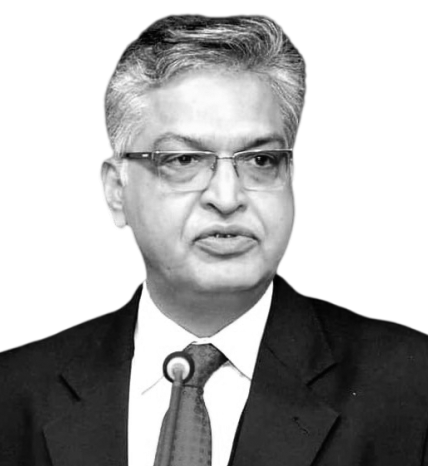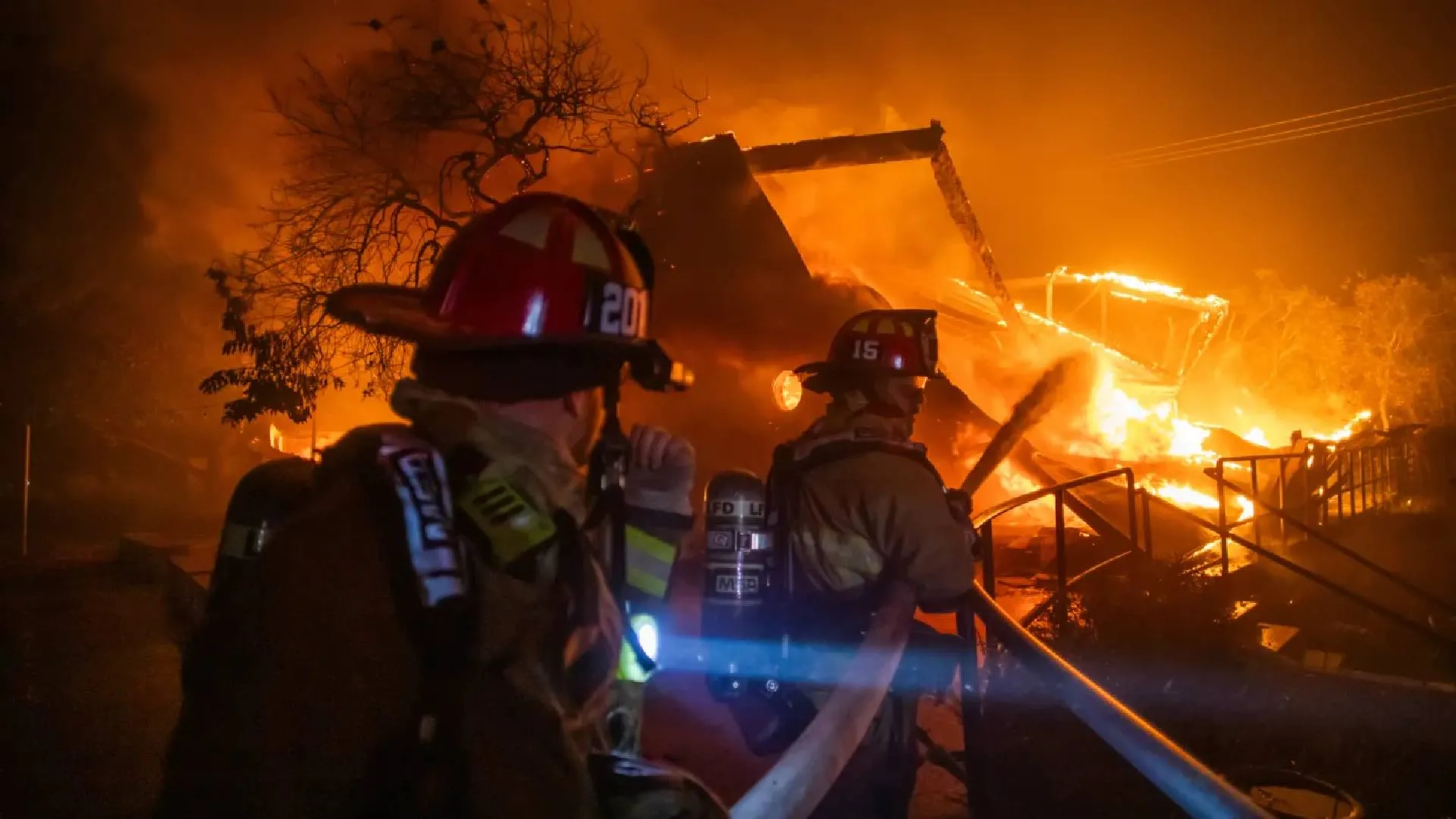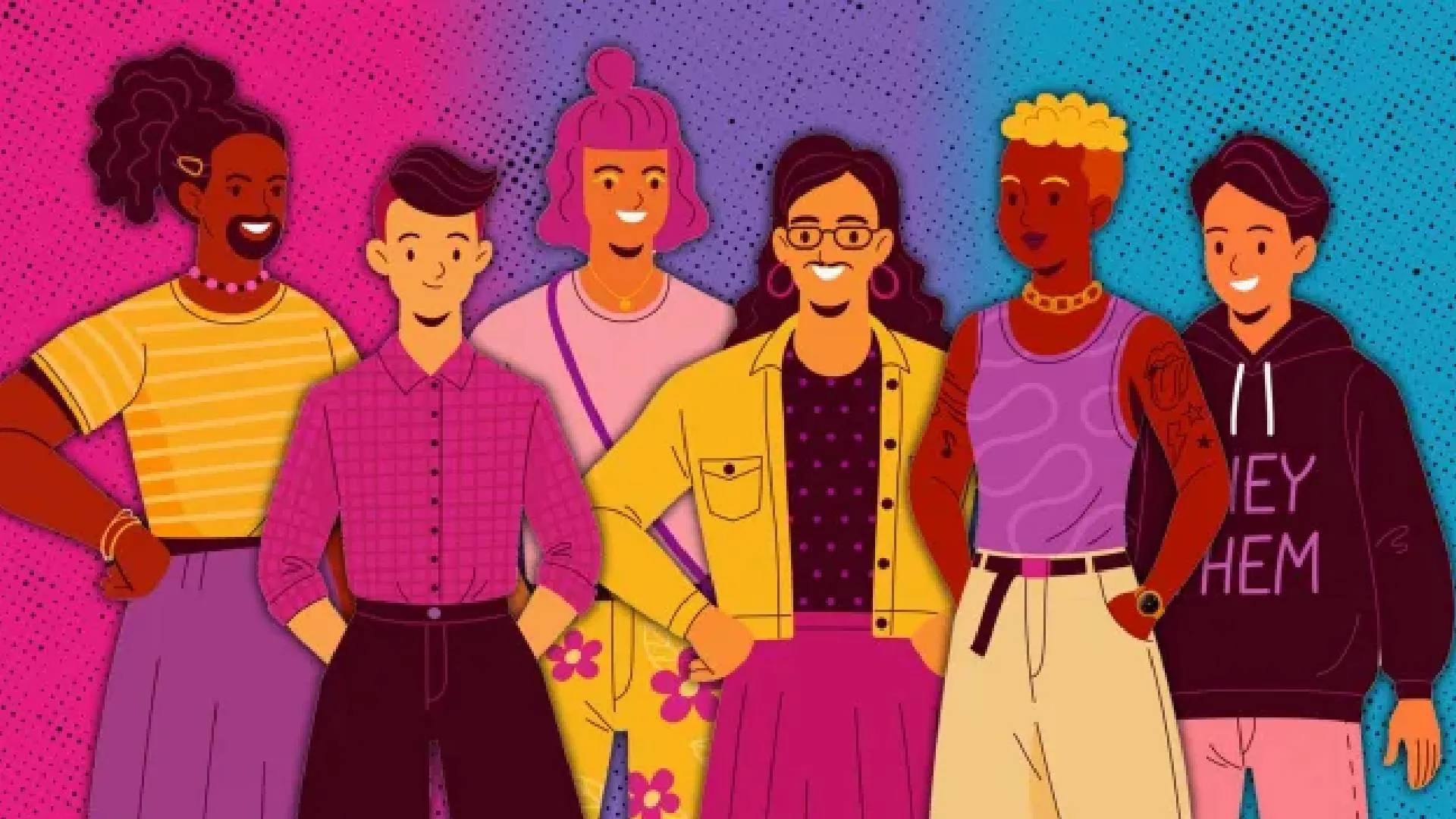ChatGPT describes itself as “a state-of-the-art, open-source language model developed by OpenAI. It’s based on transformer architecture and was trained on a diverse range of internet text, including websites, books, and social media platforms. The model has been fine-tuned to perform well in a variety of natural language processing tasks, such as answering questions, generating text, and translating between languages. ChatGPT is designed to generate human-like text, making it well suited for conversational applications, such as chatbots and virtual assistants.”
When asked about its implications for higher education, ChatGPT responded that advanced language models have the potential to impact higher education and highlighted many positive features: It could be used as a ‘tutor or teaching assistant’ to help students understand and comprehend complex problems and be of particular help to those who seek to study independently.
It further mentions, with no moral dilemma or feeling of guilt, that it may help students with writing assignments, essays and research papers by suggesting language improvements, providing context-specific writing tips, and correcting grammar and syntax. It had no qualms about helping students and researchers in ‘generating hypotheses, summarising information, and conducting literature reviews.
ChatGPT appears assured of its impact on higher education which, it feels, would only grow in the coming years. It, however, emphasizes that even though it and other artificial intelligence-based language models are “highly advanced, they are not a replacement for human teachers and should be used as a supplement to traditional educational methods”.
Advancements in technologies like information communication, entertainment, augmented reality, virtual reality, artificial intelligence (AI), machine learning (ML) etcetera have been causing consequential disruptions in the way teaching, learning, evaluation and examination have been happening in higher education. It has been becoming clearer with every passing moment that the conventional approach could become redundant sooner than later.
AI and ML have been discussed as a part of the discourse on technology and in the context of the future of higher education. It was hardly imagined that AI-based applications would pose any serious challenge to the teaching profession and higher education institutions.
OpenAI-based ChatGPT’s debut in the penultimate month of the previous year has made the global higher education community sit up in alarm. They are at their wits’ end to comprehend its implications and cope with its consequences on their core functions of teaching, examination and evaluation.
An average student could use ChatGPT to come up with a well-drafted, logically argued, coherently arranged and grammatically correct essay in a fraction of a second. Though still at a trial and research stage, the tool can carefully curate and articulate a reasonably researched draft supported by relevant data on any topic.
It can go beyond writing prose. It could also compose poems and poetry in a style of anyone’s choosing. It could compose music in a particular genre and even write codes in a computer programming language to compute any statistics and also provide a reasonable interpretation of the data and the computed statistics. It could write an abstract, suggest captions for a picture, and spoil you for choices.
While netizens are already busy watching videos showing them tricks to make money using ChatGPT, the higher education community is burning the midnight oil to deal with the challenges and opportunities that this tool poses and presents to their students and to themselves.
They are concerned because ChatGPT is a lot more than a search engine. It does not return plenty of possible information in answer to a query posed to it. It mimics human-like conversation providing a precise and exact answer, at times a bit inaccurate or superfluous, making it difficult for the teachers to know if the content is written by their students or generated by ChatGPT.
They realise that the tool has made it harder to evaluate a student’s progress or understanding of a topic. The contents generated by the ChatGPT, and other AI models, defy detection by anti-plagiarism software. Quite naturally, the threats of academic dishonesty and misconduct are quite enormous.
These have major implications for higher education teachers and institutions as far as the detection and prevention of cheating and other ethical violations are concerned. The implications magnify manifold in the era of massification of digital delivery of higher education, and digital universities.
ChatGPT may make it easier for students to write and submit their assignments without actually comprehending them. It may personalise learning experiences by providing tailor-made content and by offering responses in accordance with the student’s level of understanding, and learning style. It may also enable the faculty members to offer customised content and curricula suiting the need of each individual learner.
In the process, it may deprive students of the opportunities to generate ideas, organise their thoughts and argue their standpoints coherently, clearly and concisely. This may seriously hamper their comprehension, understanding, knowledge and analytical abilities. Deep learning and critical thinking would undoubtedly be the biggest casualty.
It may take away the learning by efforts that must go into thinking, searching, articulating and presenting. The ease of accomplishing an academic task does not necessarily lead to learning. Students and teachers may get their personal virtual assistants ever ready to perform any tasks that they assign to them. This may save them time and cost but may potentially deprive them of their mental faculties and probable geniuses.
Technology enthusiasts may posit that Artificial Intelligence would soon take over human intelligence. To begin with, it may diminish dumb and numb human faculties and move on to make them totally redundant.
Human intelligence has uncorked the bottle and has let the genie out and roam free. The most intelligent creature, yet known to the world, must find ways to keep it busy and continuously engaged to its best advantage.
Yet, there is also no dearth of people who believe that the ChatGPT or any other AI-language optimisation application are just another fads which would fade away sooner than later. They point out that the tool is already proving dumber than many think. The contents generated by them are easily discernible even by an average teacher.
These are however early days and with more data and training the tool is likely to become better by the day. It is bound to pose challenges and present opportunities for knowledge institutions. The higher education community and institutions must better be ready to benefit from the development.
Furqan Qamar, a former Advisor for education in the Planning Commission, is a Professor in the Faculty of Management Studies of Jamia Millia Islamia, New Delhi

















